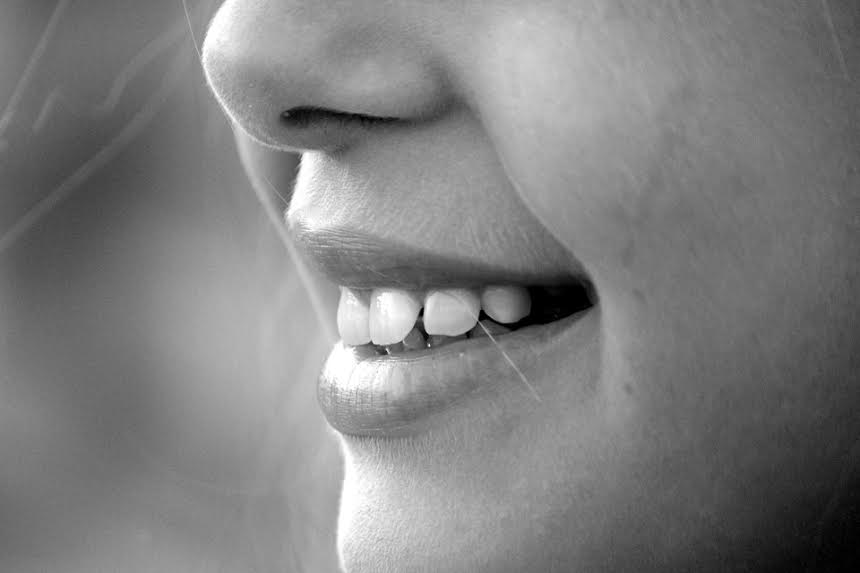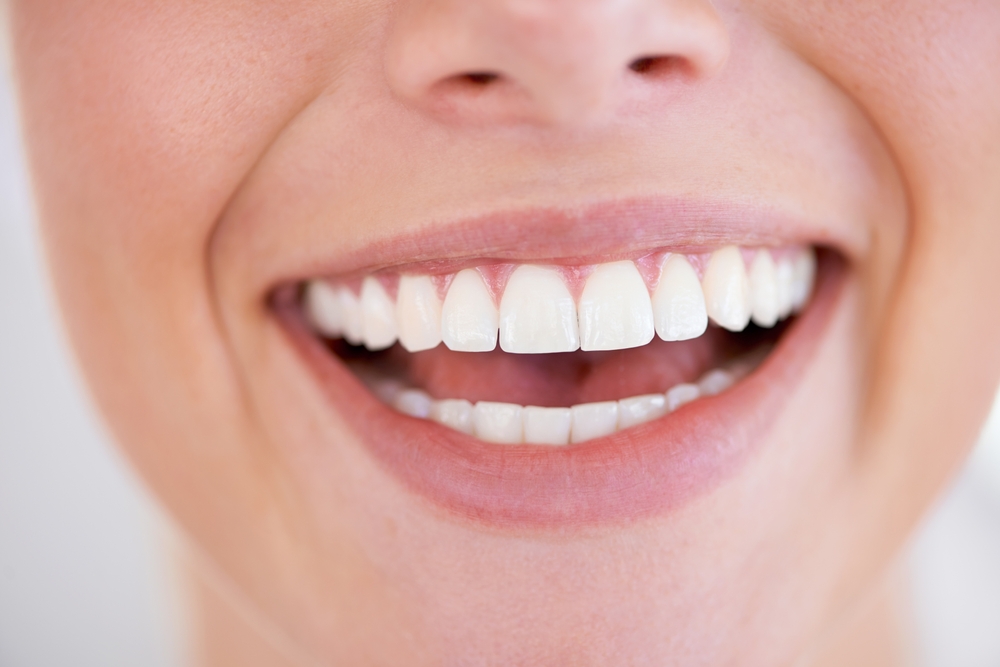Probably the two most common oral care challenges people hear about are Plaque and Tartar, and some people think they are the same thing.
While they are related, there’s actually a considerable difference between Plaque and Tartar, two very different maladies that need different kinds of treatment.
Plaque is a colorless, sticky coating caused by bacteria, constantly forming on your teeth, and must be removed daily by brushing and flossing. Also, regular routine teeth cleaning by your dentist is necessary to remove Plaque that brushing and flossing will miss.
If Plaque develops on your teeth, it will continue to accumulate until your dental hygienist or dentist professionally removes it. If not properly removed, Plaque will harden into Tartar – which is much more difficult to remove.
To get a better understanding of the difference between Plaque and Tartar, here’s a list describing their characteristics and how to prevent and treat them:
Plaque
– Soft, sticky, colorless substance
– Consists of bacteria, byproducts of bacteria, and food particles and saliva
– Collects on your teeth every day and builds up around the gum line
– Typically easily removed by brushing, flossing, and rinsing (Plaque forms within eight hours, so make sure you brush before bed, too)
– Can irritate the gums – if they bleed when you brush or floss, this could be because of Plaque. If you don’t take care of this, the gums will pull away from your teeth, which may cause you to lose a tooth.
– Can cause cavities, periodontal disease, and gingivitis when the acids produced by plaque affect the gums and teeth
– Can harden into Tartar if not removed each day
Tartar
– Hard, porous, crusty, non-sticky, yellow or yellowish brown deposit
– Forms a rough surface on the teeth along the gum line
– Made up of hardened Plaque that hasn’t been removed
– Consists of mineral deposits from saliva
– Can be very unsightly
– Can only be removed by a dentist or dental hygienist
– Excess bacteria buildup can lead to periodontal disease
– Also causes cavities, gum disease, and tooth loss
– If formed below the gum line, a surgery may be needed to remove it
Since Plaque can lead to Tartar, the best way you can prevent the development of both is by properly caring for your teeth and gums:
– Brush your teeth daily, at least twice a day and after meals
– Floss daily to remove Plaque from areas that your toothbrush cannot reach – under your gum line and between your teeth
– Limit your consumption of starchy or sugary foods – they feed bacteria, causing larger amounts of Plaque
– Schedule regular visits with your dentist for dental exams and professional cleanings, optimally twice a year
At Smiles By Stevens our belief is that prevention is the best way to take care of our health, and we invite and encourage you to take proper care of your teeth and gums.
Whether you’re in need of a routine teeth cleaning or a more advanced dental treatment – rely on Dr. Shea Stevens, recently named one of PA’s top 20 dentists, and our highly experienced and skilled staff to provide you with a solution in our cutting-edge dental office in Lancaster, PA.
Take steps for your oral health today – contact Smiles By Stevens general dentistry in Lancaster PA, and find out for yourself why we continue to be one of the most trusted and eminent dental offices in the area.





